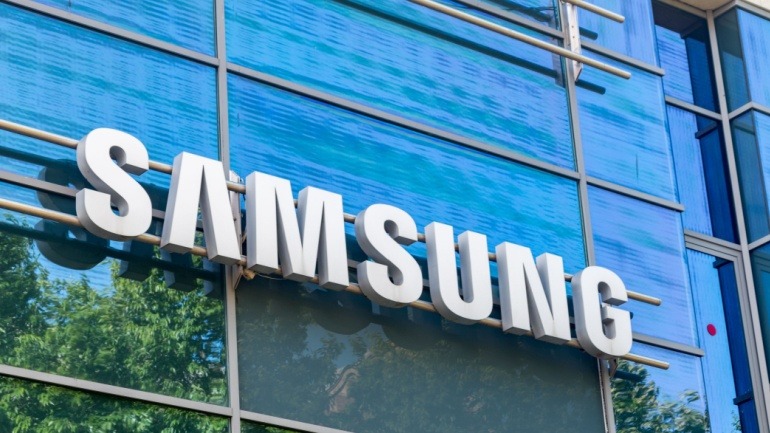Airbus and NTT DOCOMO have tested the possibility of supplying future wireless broadband access using the solar-powered Zephyr High Altitude Platform Station (HAPS). The experiment was conducted in August in the United States, when the Zephyr S aircraft flew in the stratosphere for 18 days to assess different capabilities.
The Airbus Zephyr S, which is equipped with an onboard radio transmitter, offered a highly flexible data link during its stratospheric flight to mimic future direct-to-device connection. Test data was collected at different altitudes and during various hours of the day and night, with the goal of determining how weather conditions, varied elevation angles and aircraft flight patterns influence connectivity in the stratosphere.
Various bandwidths were used in the tests to replicate direct-to-device services from the HAPS to end-users at low, nominal and high capacity. The demonstration proved the practicality and adaptability of the 2GHz spectrum for HAPS-based services, as well as the usage of a low frequency (450MHz) band to offer connections over distances of up to 140 kilometers. The results of the tests will be used to help shape future LTE direct-to-device services that will be delivered via the Airbus Zephyr HAPS solution.
Takehiro Nakamura, General Manager of DOCOMO’s 6G-IOWN Promotion Department, commented: “DOCOMO believes that HAPS will be a promising solution for coverage expansion in 5G evolution and 6G. In this measurement experiment, we were able to demonstrate the effectiveness of HAPS, especially for direct communication to smartphones, through long-term propagation measurements using actual HAPS equipment.”
The experiments open the door for NTT DOCOMO and Airbus to deliver network connectivity to remote islands, hilly places and marine locations where radio signals are difficult to access. Emergency response and several other industrial use cases will also benefit from stratospheric HAPS networking, such as ensuring connectivity at event venues and remotely managing heavy machinery on building sites.







